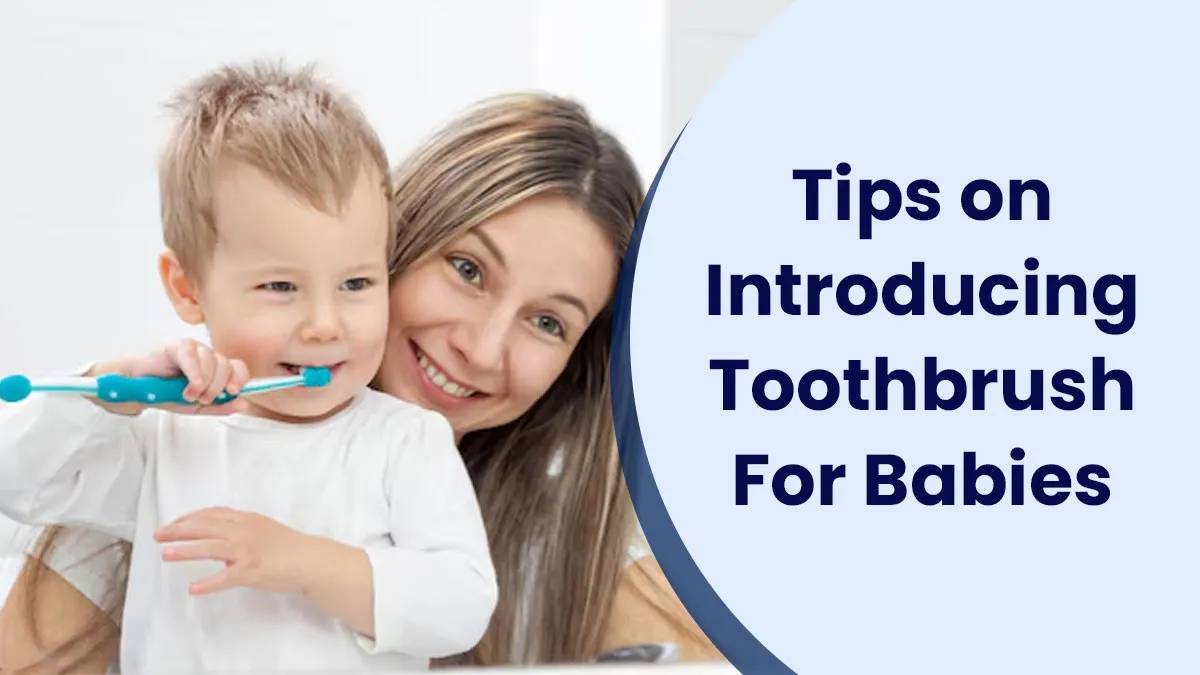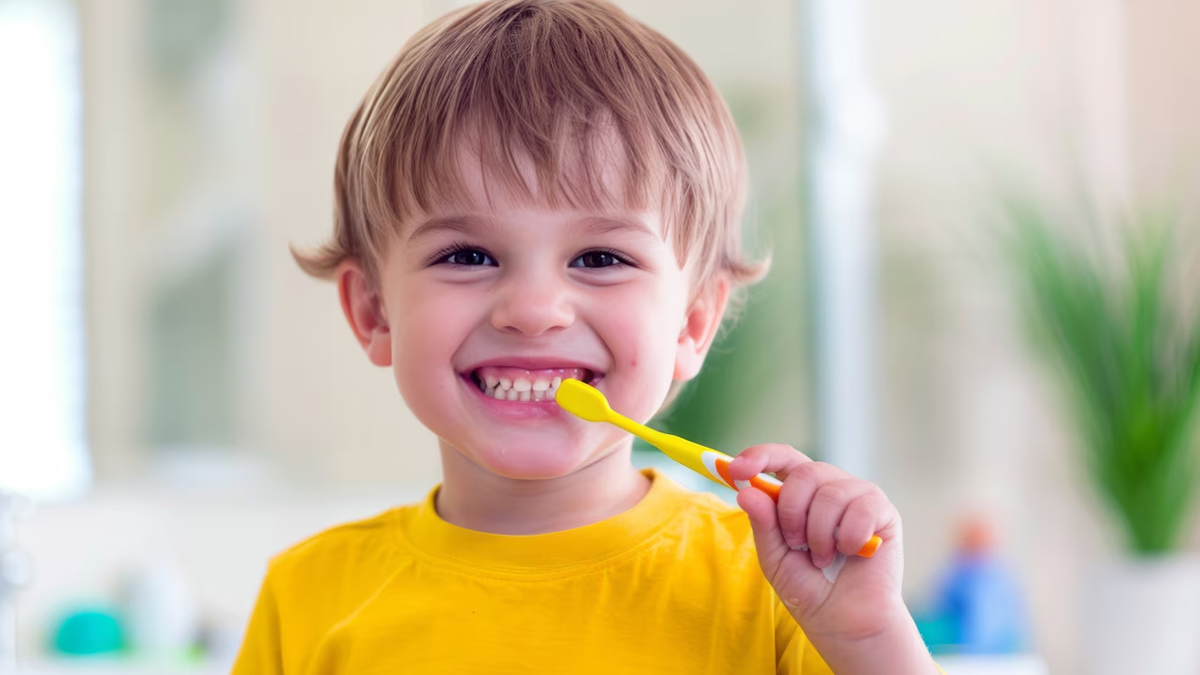
As a new parent, you might wonder: When should I start brushing my baby’s teeth? The answer isn’t as simple as you’d think. While babies aren’t born with teeth, oral care begins even before their first tooth appears. Early dental hygiene sets the foundation for healthy habits and prevents issues like cavities later. But with conflicting advice online, it’s easy to feel overwhelmed. When do you switch from wiping gums to using a toothbrush? How much toothpaste is safe? Rhea ahead to explore expert-backed steps for introducing oral care at every stage from newborns to toddlers along with practical tips to make brushing stress-free.
Table of Content:-
0–6 Months: Cleaning Gums Before Teeth Arrive
View this post on Instagram
Babies in this age group are usually breastfed or formula-fed, and their mouths need gentle care even before teeth emerge. Dr. Sweta Tiwari, Pediatrician, Cloudnine Group of Hospitals, Bengaluru, explains: “Routine oral care isn’t required for newborns, but if your baby starts mouthing objects at 3–4 months or has visible milk residue, you can begin gentle cleaning.”
What to do:
- Wrap a clean, damp gauze or sterile cotton around your finger.
- Gently wipe the gums, tongue, and inner cheeks in a single stroke.
- Use lukewarm water—no toothpaste needed yet.
- This step removes bacteria and gets your baby used to oral hygiene.
6–12 Months: Introducing the First Toothbrush
-1742365272422.jpg)
The arrival of your baby’s first tooth (usually around 6 months) is a milestone—and a cue to start using a brush. Dr Tiwari advises: “Opt for a baby toothbrush with soft bristles or a silicone finger brush. Start without toothpaste initially, then gradually introduce a fluoride-free or low-fluoride formula.”
Key tips:
- Brush twice daily (morning and night).
- Use a rice-grain-sized smear of toothpaste for babies under 3.
- Replace the brush every 3 months or if bristles fray.
A Study on Early Oral Care
A 2022 report by the American Academy of Pediatric Dentistry found that babies who had their gums cleaned before teething were 40% less likely to develop early childhood cavities. The study highlights how simple habits, like wiping gums, reduce harmful bacteria and set the stage for lifelong dental health.
1–2 Years: Building Consistent Brushing Habits
-1742365303862.jpg)
By this age, toddlers may have several teeth. Dr Tiwari emphasises: “Upgrade to a small, soft-bristled brush and use fluoride-free toothpaste until age 2. Make brushing playful, sing songs or let them ‘brush’ a toy’s teeth first.”
Parent hacks:
- Let your child choose a fun-colored brush.
- Use a timer (2 minutes) to encourage thorough brushing.
- Avoid sugary snacks before bedtime.
3+ Years: Switching to Fluoride Toothpaste

Once your child turns 3, they can safely use a pea-sized amount of fluoride toothpaste. Dr. Tiwari explains: “Fluoride strengthens enamel and prevents decay, but young kids often swallow toothpaste. Low-fluoride options balance safety and effectiveness.”
Do’s and don’ts:
- Supervise brushing to ensure they spit out toothpaste.
- Avoid flavored toothpaste if it encourages swallowing.
Final Tips for Stress-Free Brushing
- Lead by example: Brush your teeth together to make it a family routine.
- Stay patient: Toddlers may resist—keep sessions short and positive.
- Visit a dentist: Schedule the first dental checkup by age 1.
ALSO READ: Child Snoring at Night? Here’s What Parents Need
Conclusion
Starting oral care early doesn’t just protect your baby’s teeth, it teaches them that brushing is a normal, non-scary part of their day. From wiping gums with gauze to graduating to a ‘big-kid’ toothbrush, each step builds healthy habits that last a lifetime. With the right tools and a little patience, you’ll set your child up for a bright, cavity-free smile!
How we keep this article up to date:
We work with experts and keep a close eye on the latest in health and wellness. Whenever there is a new research or helpful information, we update our articles with accurate and useful advice.
Current Version
